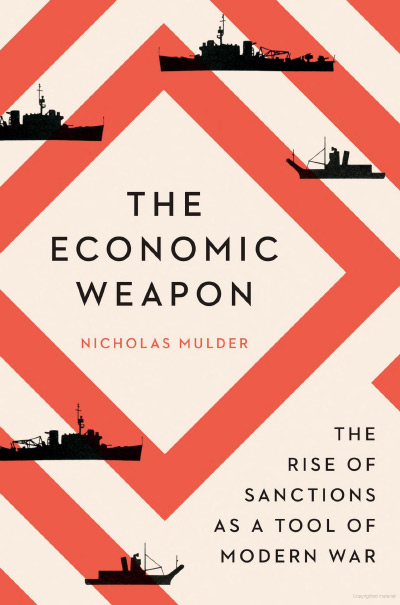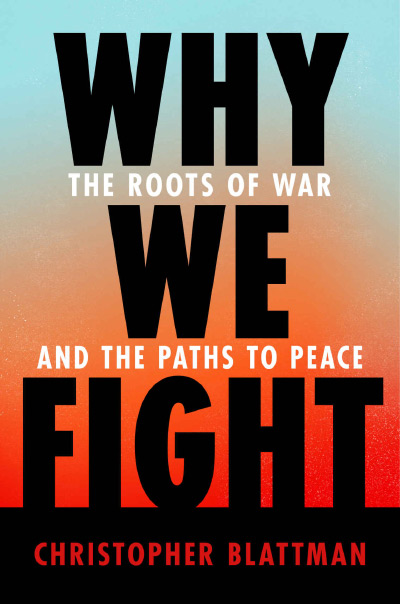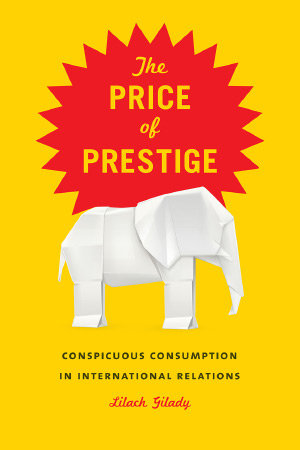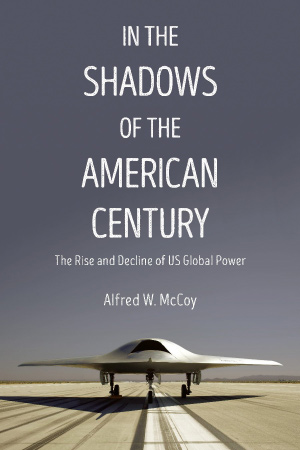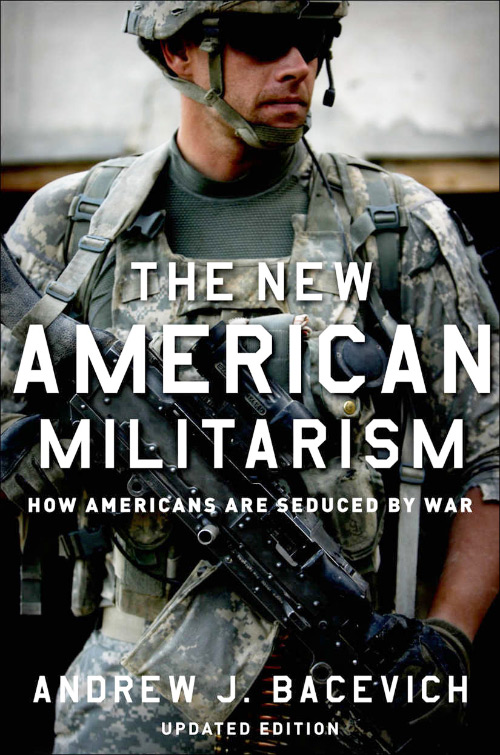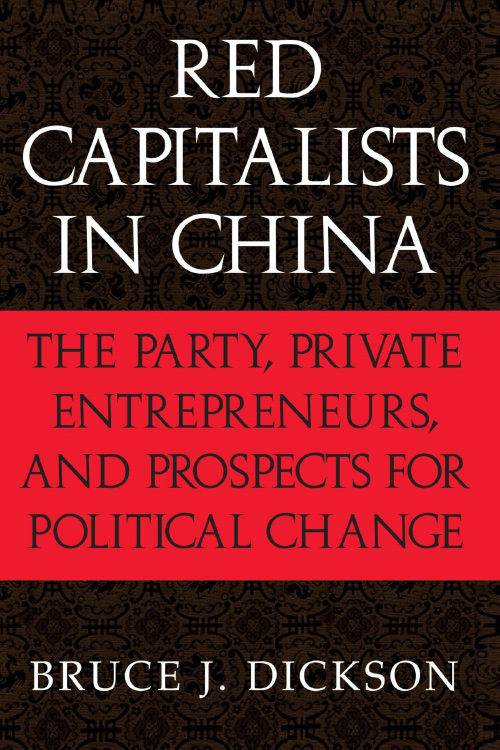Elbridge Colby served as the Deputy Assistant Secretary of Defense for Strategy and Force Development from 2017 to 2018. In that role, he was responsible for overseeing the development of the 2018 National Defense Strategy (NDS). The NDS is a cornerstone document for the Department of Defense, establishing objectives for various aspects of military planning—e.g., force structure, funding, investments, and personnel requirements. The 2018 NDS argued that the U.S. government needed to shift away from terrorism and toward a “great power competition” with China and Russia. This context is essential for understanding The Strategy of Denial, which can be understood as an extension of the great power argument.
Colby argues that the “unipolar moment”—where the United States held global preeminence following the collapse of the Soviet Union—is over. The rise of China means that “the world is quaking” (p. ix). Given this, what is the best defense strategy for America? The purpose of the book is to answer this question. As the book’s title indicates, Colby’s main argument is that the U.S. government must adopt a strategy to deny the Chinese government influence in Asia.
To accomplish this goal, he proposes the formation of an “anti-hegemonic coalition,” with the U.S. government as the “cornerstone balancer,” to ensure the effective projection of power to balance the influence of China. Colby proposes that the coalition should include Australia, India, Japan, the Philippines, South Korea, Taiwan, and Vietnam. This arrangement would allow the U.S. government to effectively balance China’s power without directly engaging in the region or posing a direct threat to China.
The book can be understood as speculative, first-best theorizing about international relations. It is speculative because it is based on conjecture regarding what the Chinese government might do (the word “might” appears over 400 times in the book in reference to what China and other states may end up doing). It is first-best theorizing because the analysis fails to systematically consider deviations from first-best assumptions in implementing and executing the proposed strategy. Let’s consider each in turn.
There is no doubt that the Chinese government has increasing status in the world. Part of this is due to economic advances in China; part is due to reductions in the credibility and power of the U.S. government due to decades of military misadventures in Afghanistan, Iraq, and elsewhere (more on this to come). But China’s rise does not imply that they seek to become a regional hegemon, or that the Chinese government wants to harm America. If this core assumption is overstated or inaccurate, then so too is the proposed strategy that follows. Colby recognizes this possibility (pp. 144 – 46) but argues that the issue is not what the Chinese government is doing right now, but rather what it might do in the future. Denial is important because of the possibility that the Chinese government could seek to expand its influence. But this then leads to the need to critically consider the subsequent assumptions underpinning the proposed strategy.
Consider the proposed anti-hegemonic coalition. What if the proposed coalition members choose not to pick sides between China and the United States? This is not an unreasonable possibility. If it is the case, then the proposed strategy begins to unravel with its execution requiring more direct U.S. government involvement in the region—something Colby wishes to avoid—to balance China’s influence.
Another issue is that there are no human choosers in Colby’s treatment of international affairs. It is standard practice in international relations to treat nation-states as the unit of analysis. The reason for this, as Colby notes, is because in the current era, the “ultimate form of power in the international system...results from a state or a group of states leveraging violence” (p. 4). But states do not choose, and policies are not designed and implemented in an institutional vacuum. Instead, specific people with decision-making rights are embedded in specific institutional contexts. These choosers are fallible human beings with purposes and plans, and the institutions within which they are embedded produce constraints and incentives which shape their behaviors. Appreciating this reality means that analyzing defense activities and strategies requires studying the political processes through which policies are designed, implemented, and adjusted through time.
First-best theorizing offers one approach to engaging in thought experiments and may produce some benchmark against which to compare the actual world. But at some point, you need to consider the real world as it is—especially when talking about nuclear powers engaging each other in a power competition that could potentially devolve into violent conflict. Earlier I mentioned the U.S. interventions in Afghanistan and Iraq. The Afghanistan Papers, consisting of interviews conducted by the Special Inspector General for Afghanistan Reconstruction (SIGAR) and memos addressed from and to former U.S. Secretary of Defense Donald Rumsfeld, paint a picture of systematic incompetence, waste, fraud, and dysfunction in U.S. foreign policy.
What has changed in the U.S. national security state institutions that give Colby confidence that his first-best strategy will be implemented as he imagines it? He implicitly models the U.S. government as a defense brain—a sort of supercomputer that can design, implement, and execute a first-best plan to manage the world through an “optimal U.S. response to China’s best strategy” (p. xv). From this perspective, “the state” is treated as a black box that is assumed to advance the national interest through its actions; the actual operations of the state itself are not subject to scrutiny or analysis. By assumption, there is no space for political pathologies—e.g., voter ignorance, special-interest groups influence, and bureaucratic dysfunction—or government failure.
One area where the defense brain approach is especially problematic is negative consequences, which are sure to arise even if Colby’s first-best strategy is implemented. Consider the case of the “security dilemma,” a well-known issue among international relations scholars. The dilemma is as follows—when one state moves to increase its security, it makes other states relatively less secure. We can therefore expect other states to take steps to increase their security, which makes the initial-acting state less secure. The resulting escalation can be a source of tension and potentially violent conflict. Colby recognizes this possibility with his proposed strategy but quickly dismisses it—“But so long as U.S. efforts are clearly directed at denying Beijing hegemony rather than dismembering China, occupying it, or forcibly changing its government, the security dilemma should be manageable” (p. 15).
The phrase “should be” is doing enormous work here in place of actual analysis. What does effective management of the security dilemma look like in practice? Who is doing the managing? What are the epistemic and incentive requirements for effective management? What reason do we have to believe that the epistemic and incentive requirements exist in reality? What mechanisms are in place for the relevant choosers to adapt if they are unable to engage in effect management or if second-, third-, or nth-best situations arise? These are the types of questions that are relevant and required to understand and judge the feasibility of the proposed strategy.
Appreciating the real possibility of a security dilemma highlights another issue with the proposed strategy—the elevation of militarism as the primary means of interacting in the world. Underlying Colby’s entire analysis is the assumption that flexing military might is the only way for the U.S. government to respond to China’s existence and influence. This approach has costs—both monetary and non-monetary. As the U.S. government’s experience with the “war on terror” indicates, extensive reliance on the military instrument has a high monetary price tag with one estimate placing the total cost at $8 trillion (Costs of War Project at Brown University). Those costs have far exceeded initial government projections based on strategies with a similar feel to the one proposed by Colby to confront China—i.e., straightforward, linear plans based on an array of favorable assumptions about interveners and those being intervened upon, which were promised to generate grandiose accomplishments.
Colby assumes the best of the American government and the worst of the Chinese government. For example, he notes that the “United States has no interest in harming China or imposing its own hegemony over the region” (p. 97). Instead, the government’s goals are limited and purely defense. Putting aside the fact that defensive actions by one government may be perceived as offensive by others, the asymmetry in underlying assumptions biases the analysis in favor of proactive American government intervention. After all, U.S. actions are only limited to purely defense acts in the face of Chinese actions that proactively seek to harm U.S. interests. What would the analysis look like if we were to adopt a symmetry of assumptions whereby either the Chinese government was assumed to be adopting defense strategies, or whereby the American government was assumed to adopt offensive strategies like the Chinese government?
The favorable assumptions about the motivations and operations of the U.S. government mask a significant cost to the proposed strategy. The elevation of militarism as the primary means of international relations crowds out other, non-military ways of interacting and discovering ways of living peacefully together. From this perspective, the only pathway to peace is through military might. But what if militarism begets militarism? Failing to consider this possibility requires a strategy of denial of the full consequences of a proactive, military-driven foreign policy and the damage it might cause to human wellbeing.
| Other Independent Review articles by Christopher J. Coyne | ||
| Spring 2025 | The Nuclear Ratchet: Crisis, Leviathan, and Atomic Weapons | |
| Spring 2025 | What’s the Worst That Could Happen?: Existential Risk and Extreme Politics | |
| Spring 2024 | Murray Rothbard on War and Foreign Policy | |
| [View All (48)] | ||




